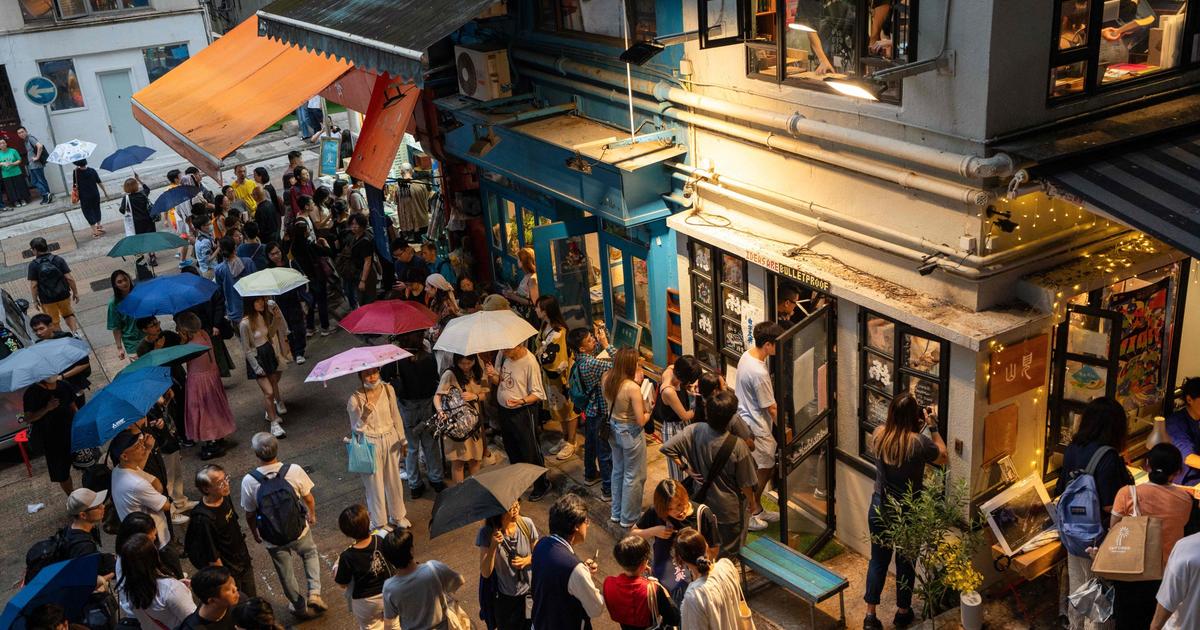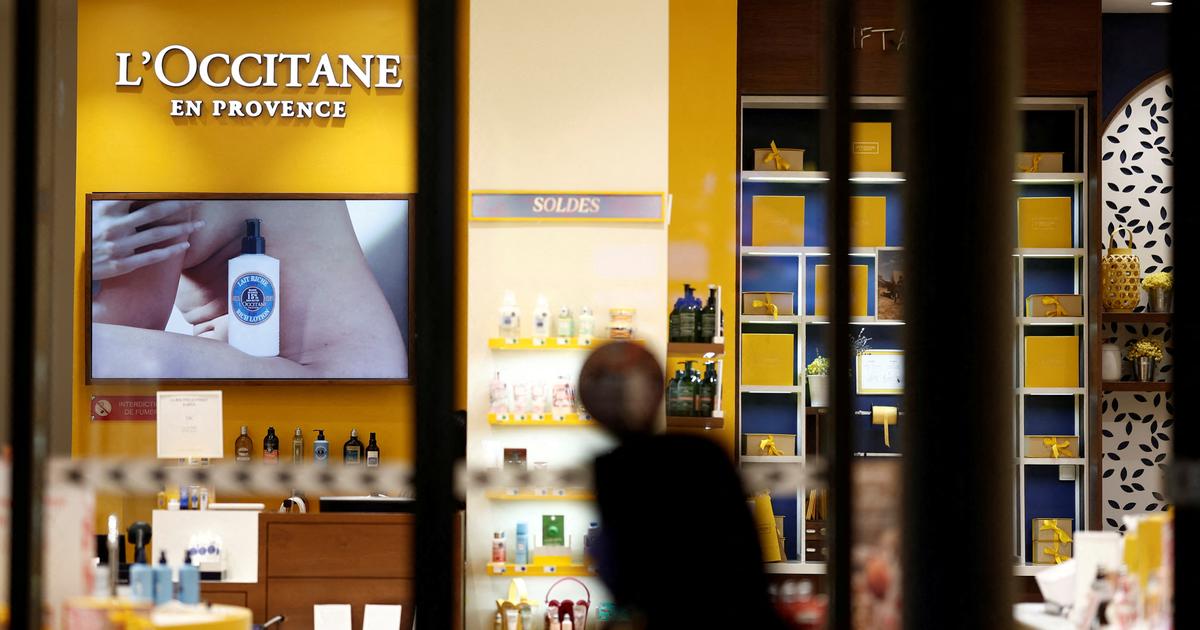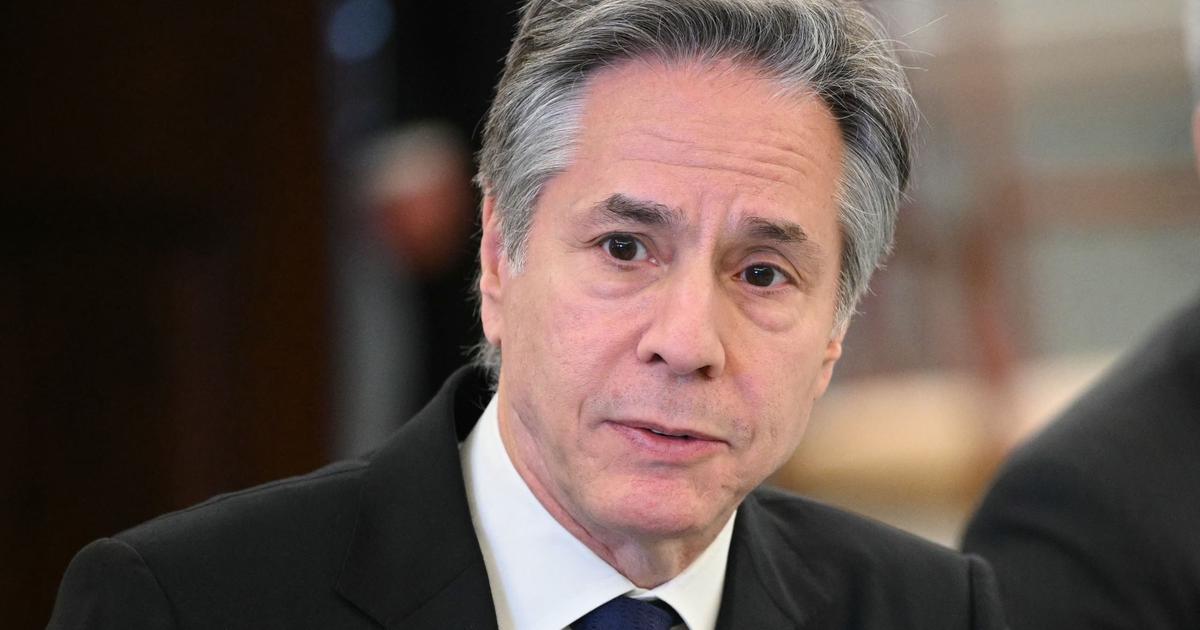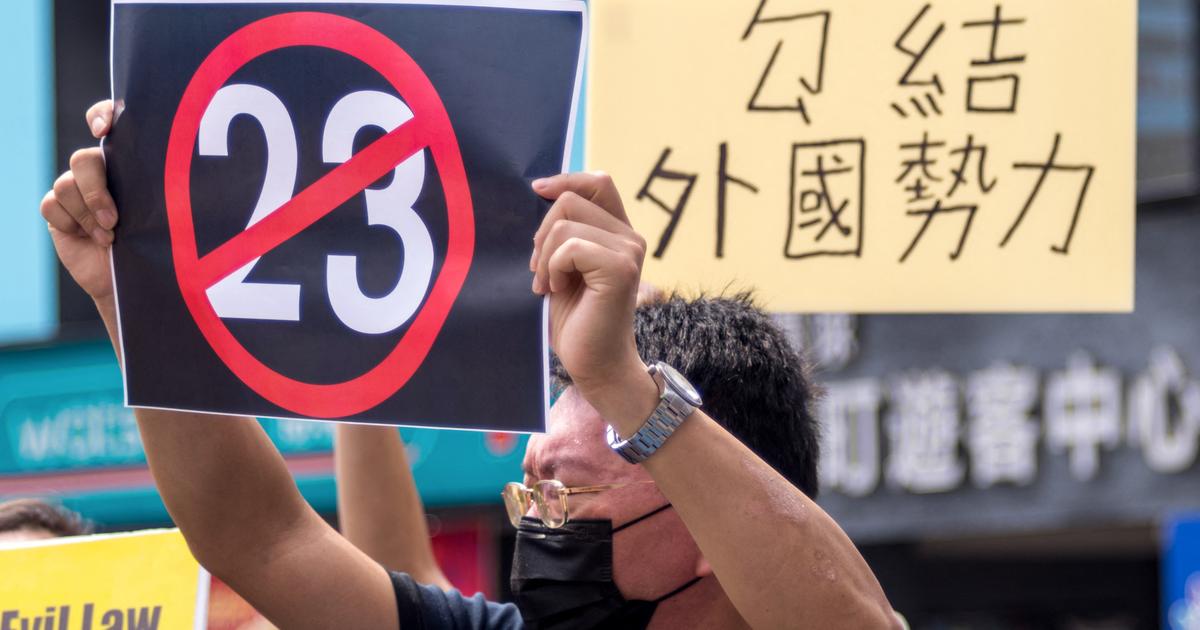In 1995, Li Ruihuan, chairman of the National Committee of the Chinese People's Political Consultative Conference, published the theory of "purple sand teapot" in Beijing, describing Hong Kong as a good teapot with a history of more than a century.
At that time, some people believed that external forces would change Hong Kong. Unfortunately, 26 years after the reunification, it was the SAR government itself that changed or eliminated the traditional characteristics and collective memories of Hong Kong, especially the old districts of Hong Kong, where large theaters, hawker stalls, Food stalls, old shops, historical buildings, etc. were eliminated by the government one by one.
The characteristic signboards that can be seen on the street are also another object that has been eliminated.
Recently, the Buildings Department demolished the signboard of the old shop of Leung Tim Knife Factory in Sham Shui Po. Many citizens came to the scene to "check in" (take pictures and record) and take pictures of this large signboard that had been erected on Cheung Sha Wan Road since the 1960s.
Large signboards, especially neon signs, have a long history in Hong Kong. Looking at historical photos, we can see that there are various neon signs in different ages in Hong Kong. The Chinese calligraphy in the signboards is a kind of social culture. The use of fonts and colors constitutes a Unique night view of Hong Kong.
However, in the past ten years, many large neon signs have been demolished one after another. Last year, the signboards of Guan Nanhua in Yau Ma Tei and Datong Old Bakery in Yuen Long were demolished one after another.
In the 1980s, Hong Kong's economy took off and its tourism industry flourished.
Neon signs are the main elements of Hong Kong's night scene. Tourists from all over the world want to see the charming neon night street scene of the "Pearl of the Orient". Unfortunately, this charming night scene in Hong Kong has become dull with the disappearance of neon signs .
From this we can see the characteristics of the government's governance: it only "manages" but does not "govern". The neon signs are "managed" on the grounds of structural safety, and there is no idea how to formulate supporting policies to keep the neon signs in the night market.
Before all the neon signs disappear, let us review the development history of neon signs in Hong Kong.
As early as the 1930s, the Shanghai Far East Chemical Manufacturing Factory successfully manufactured neon light tubes for the first time, which led to the development of the neon industry and expanded to other coastal cities in China and Hong Kong.
At that time, most of the neon signs in Hong Kong were manufactured in Shanghai.
During the Japanese invasion of China in 1942, Hong Kong implemented a blackout to prevent Japanese air raids at night, and the neon signs had to be turned off.
After the end of World War II, the outdoor neon signs were still out of use to save power consumption due to the need to repair the damaged power facilities during the Japanese occupation.
In 1949, the Governor of Hong Kong, Ge Lianghong, proposed to the Municipal Council to establish a licensing system for neon signs to increase warehouse revenue. The annual fee is: HK$100 for the first 20 square feet, and HK$100 for every 10 square feet thereafter.
However, this proposal was withdrawn in 1950 due to industry opposition.
From 1950 to 1953, when the Korean War broke out, American warships frequently docked in Hong Kong, which brought prosperity to the bars on Lockhart Road in Wanchai and created a neon streetscape.
In 1952, the government proposed a neon signboard taxation plan, suggesting that each signboard be levied HK$100 per year.
In 1954, Patrick Cardinall Mason Sedgwick, Director of Municipal Services, put the proposal on hold.
In the 1960s, neon signs began to bloom, and large-scale neon signs such as "Longfeng Tea House" and "Qinghua Restaurant" were built one after another.
In 1960, American director Richard Quine went to Hong Kong to shoot the movie "The World of Suzie Wong" (The World of Suzie Wong), bringing the neon night scene of Wanchai Red Light District to the world audience.
In 1970, the Roxy sign on Nathan Road was the largest neon sign in the world at that time, covering the entire exterior wall of a building on Nathan Road. The sign even entered the Guinness Book of World Records.
When the oil crisis occurred in 1973, under the shortage of energy, the Hong Kong government suggested that the holders of neon signboards shorten the lighting time of the signboards in order to save electricity.
In the 1980s, the economy was developed and the business of entertainment venues was booming. A large number of neon signs appeared in nightclubs, restaurants, restaurants, and mahjong parlors. This was the golden age of neon lights in Hong Kong.
If you look at the Hong Kong movies of the 1980s, you will know that they all captured the colorful neon night scenes at that time.
After the turn of the millennium, the demand for neon signs declined, and the neon industry in Hong Kong declined.
In 2010, the Buildings Department implemented the "Minor Works Control System", allowing demolition actions to be taken in accordance with the provisions of the Buildings Ordinance.
Under the new system, "chandelier-style" signboards cannot protrude more than 4.2 meters from the outer wall and cannot be less than 3.5 meters above the ground. Old-style giant signboards must be inspected by an engineer hired by the owner to confirm that they are safe before they are allowed to be retained.
Most of the signboards in Hong Kong were erected before 2010. It is estimated that about 120,000 neon signs in Hong Kong turned into illegal structures overnight and had to be demolished.
In 2022, the Buildings Department will remove or repair about 1,700 dangerous signboards, and it is estimated that no less than 1,800 signs will need to be removed in 2023.
In fact, the Buildings Department's amendments to the regulations on signboards have not been formulated in accordance with or taking into account the characteristics of signboards.
On the other hand, the "Code of Practice for Bamboo Scaffold Work Safety" issued by the Labor Department in 1995 was formulated based on the materials and structural characteristics of bamboo scaffolds. It provided practical guidelines for the erection, disassembly and safe use of bamboo scaffolds. It can be widely used in Hong Kong, and the traditional craftsmanship of bamboo shed construction can be passed down.
The craft of neon signs is not as lucky as the craft of bamboo sheds. It is the Buildings Department's single-handed plan that pushed it to the end.
For example, it is stipulated that thick angle irons should be used to fix the signboards on the outer wall instead of the outlines used in traditional signboards. In fact, the practical outlines are already very stable. In the environment of strong winds, the outlines are more elastic than the angle irons and can be easily removed. Go wind power, it's safer.
I don't understand why this decision was made?
On the other hand, the production and maintenance of signboards needs to cultivate successors, and the Vocational Training Council and the design departments of tertiary institutions need to take this responsibility.
The Central Academy of Fine Arts in the Mainland will set up a technology department to train new human resources.
There is no establishment in Hong Kong education. Is it because the top buildings in Hong Kong think that the signature industry is already a sunset industry?
Hong Kong's neon night scene, a tourism resource, was collectively murdered by the government bureaucracy and Legislative Council members when they revised the Buildings Ordinance.
What is the reason for the establishment of Hong Kong to tear down one of its own signs?
The Culture, Sports and Tourism Bureau is thinking about how to increase tourism resources. Have you ever thought that other government departments are trying to "backtrack" at the same time?
The city centers of Tokyo, Seoul or Bangkok all have urban charms made up of old and new lights. In contrast, the urban prosperity of Hong Kong's golden and golden years is gone forever.
The author Hu Enwei is a member of the National Hong Kong and Macao Studies Association, a member of the Jiangsu Provincial CPPCC, and Zuni.
Joint Art Director and CEO of Icosahedron.
The article is only the opinion of the author and does not represent the position of Hong Kong 01.
"01Viewpoint" welcomes contributions, please email to 01view@hk01.com.
Contributions please include the author's real name and contact information.
Not applicable without notice.

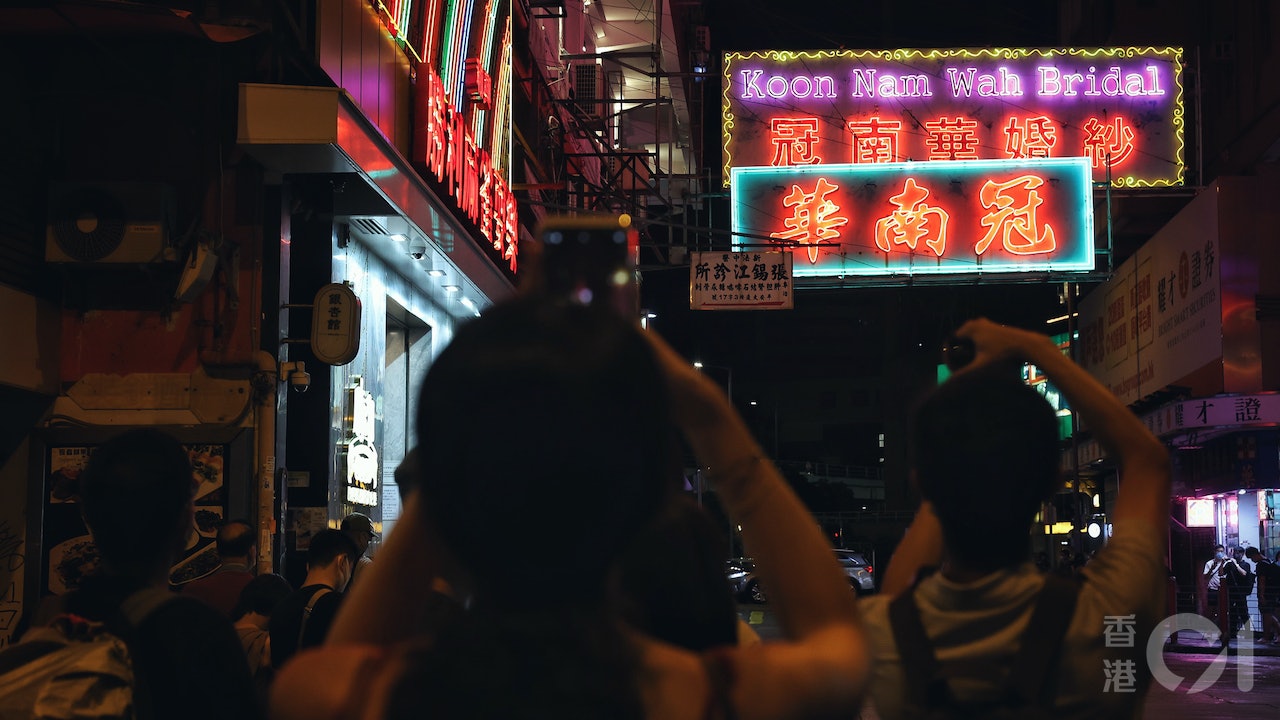
/cloudfront-eu-central-1.images.arcpublishing.com/prisa/3I74UEXLYRBBRPGPSGWNN6WXH4.jpg)
